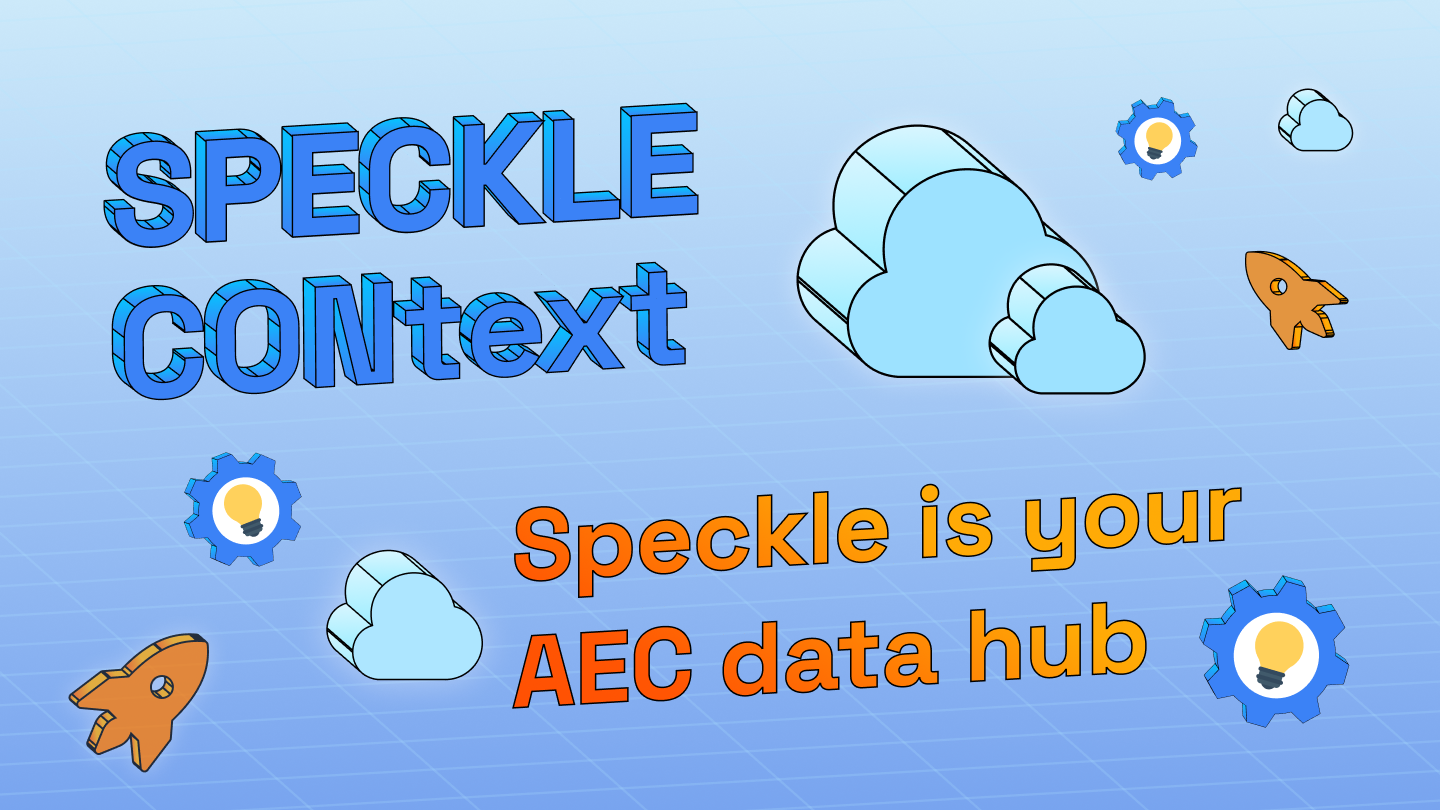This blog post focuses on empowering teams to make the most of project workflows and deliveries.
Working in AEC means managing various ongoing projects, each relying on stakeholders, resource capacity, time, and money. Getting lost in timelines and deliverables is becoming easier, especially when project management tools fail to deliver AEC-centred value.
Project Management Challenges
Seventy per cent of projects globally fail, most of which are caused by project management challenges. Construction project management problems are usually driven by:
- Budget constraint: investing in the right tools to do things right. Budget constraints will result in delays and lower-quality outcomes if not handled correctly.
- Siloed data: having secure, consolidated, and accessible project information ensures effective collaboration and reliable data access.
- Lack of access to real-time data: it causes poor risk management, which can lead to project delays, safety risks, and various costly issues.
- Poor productivity: productivity in the construction industry began to decline in 1970 and hasn’t improved in fifty years. Collaboration fuels productivity, so more AEC firms adopt real-time collaboration tools to overcome communication gaps and team deficiencies.
Being a part of the construction industry, we witness these problems playing out in real life, costing teams and companies a fortune to repair.
Recently, we talked to the building sustainability team at Mott MacDonald, who faced significant project management challenges due to inefficient, traditional workflows. These challenges included disorganised data across projects, difficulties presenting information to key stakeholders, and a lack of essential functionalities in their current systems. These inefficiencies resulted in substantial information loss and hindered the team's ability to provide timely updates asynchronously to stakeholders.
The challenge of off-site monitoring at John Sisk & Son Ltd involved effectively tracking 1,700 precast panels from various suppliers. Talk about a time to let your project management shine! However, engineers, site managers, and project managers were working in silos, relying on time-consuming Excel trackers and word-of-mouth updates from manufacturing locations. This inefficient horizontal reporting process prompted the team to seek a solution that centralized data into a single hub, resulting in a 98% increased speed of reporting.
Using the right tools to promote data visibility across your team is essential. Enabling cross-collaboration and unlocking data control is what we at Speckle believe the AEC industry needs to progress.
Speckle: Your AEC Data Hub
At Speckle, we spent the past four years developing what is today your AEC data hub, bringing together your tech stack, your team, and your projects together, all in one central place.
With Speckle, you can onboard your team members and external collaborators to review, comment on, and edit models in real time using our 3D viewer while connecting with your existing tech stack through our 25+ connectors.
We’ve also been working on a later Speckle version where daily tasks are more tailored towards project management in AEC, allowing you to:
::: tip
- Easily access all your projects and project data in one place
- Effortlessly understand and track changes across versions
- Assign the right people to the right project
- Quickly conduct model reviews on the web
- Achieve faster delivery and better communication across the board
:::

Speckle is becoming your collaborative data hub, bringing professionals and disciplines closer to enhance communication and project coordination. We believe that a higher degree of data control and better project management tools will help you and your peers work better together.
Is this exactly what your project needs? More will be announced soon, so stay tuned!
Sing up for our newsletter to get the updates first:
What’s Next?
Join us at SpeckleCon, where you and your team can present projects you are proud of. Showcase how you leveraged Speckle's connected and collaborative aspect, and let’s shape the future of AEC together!



